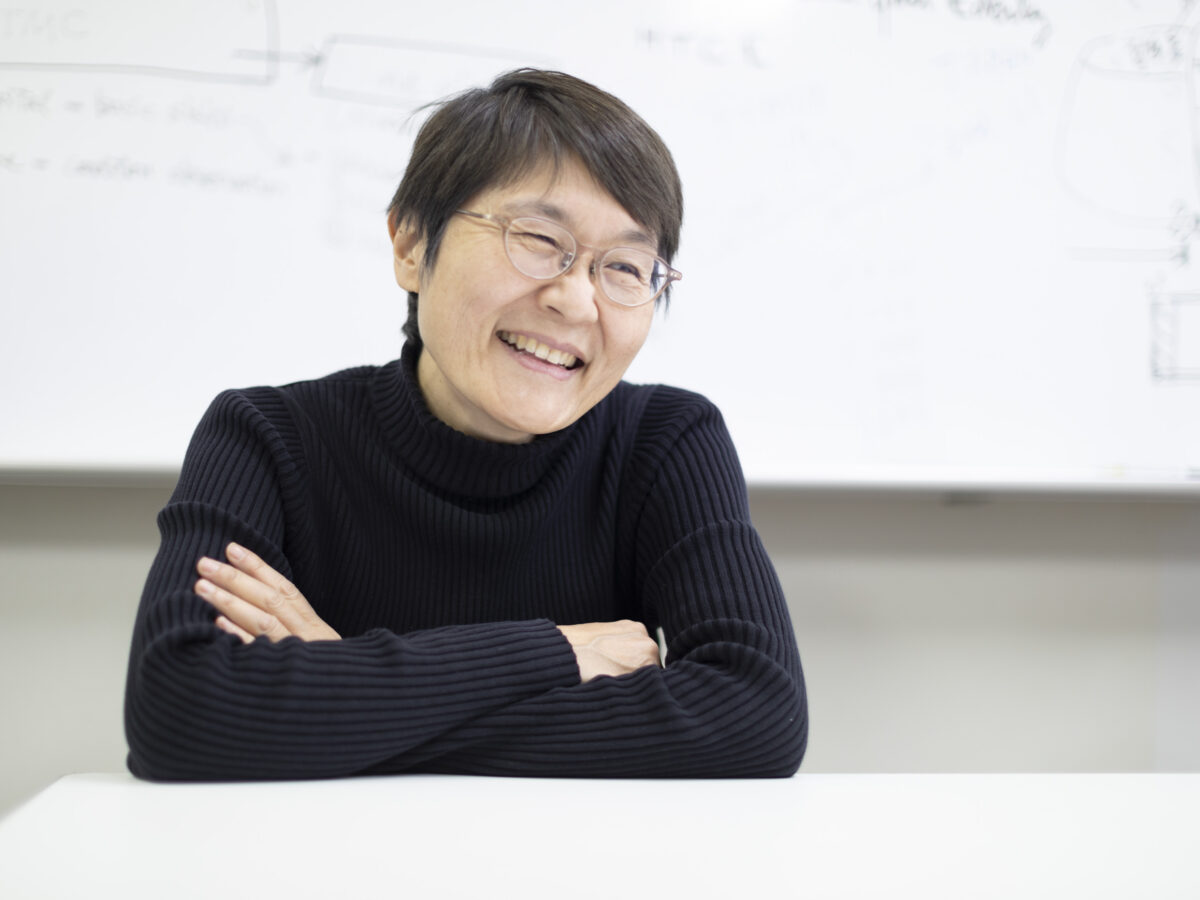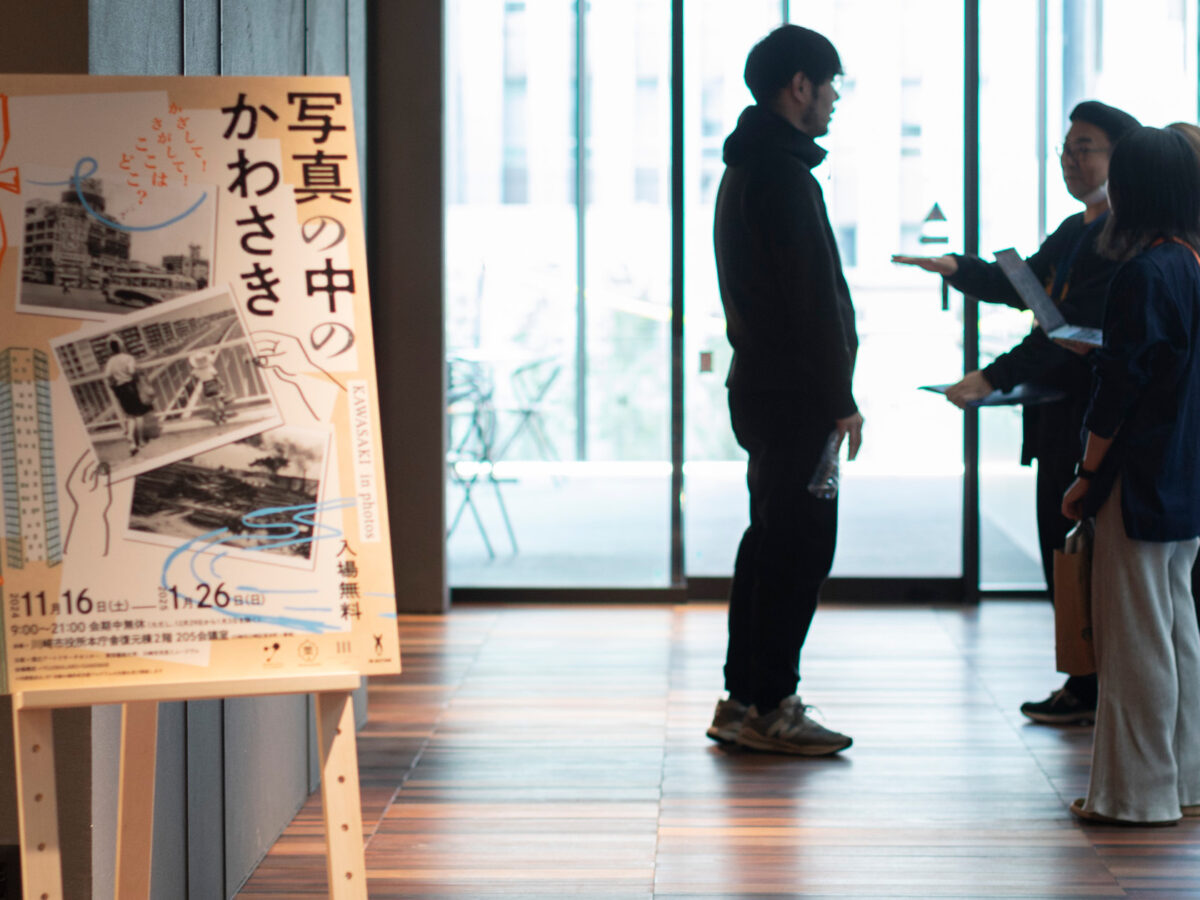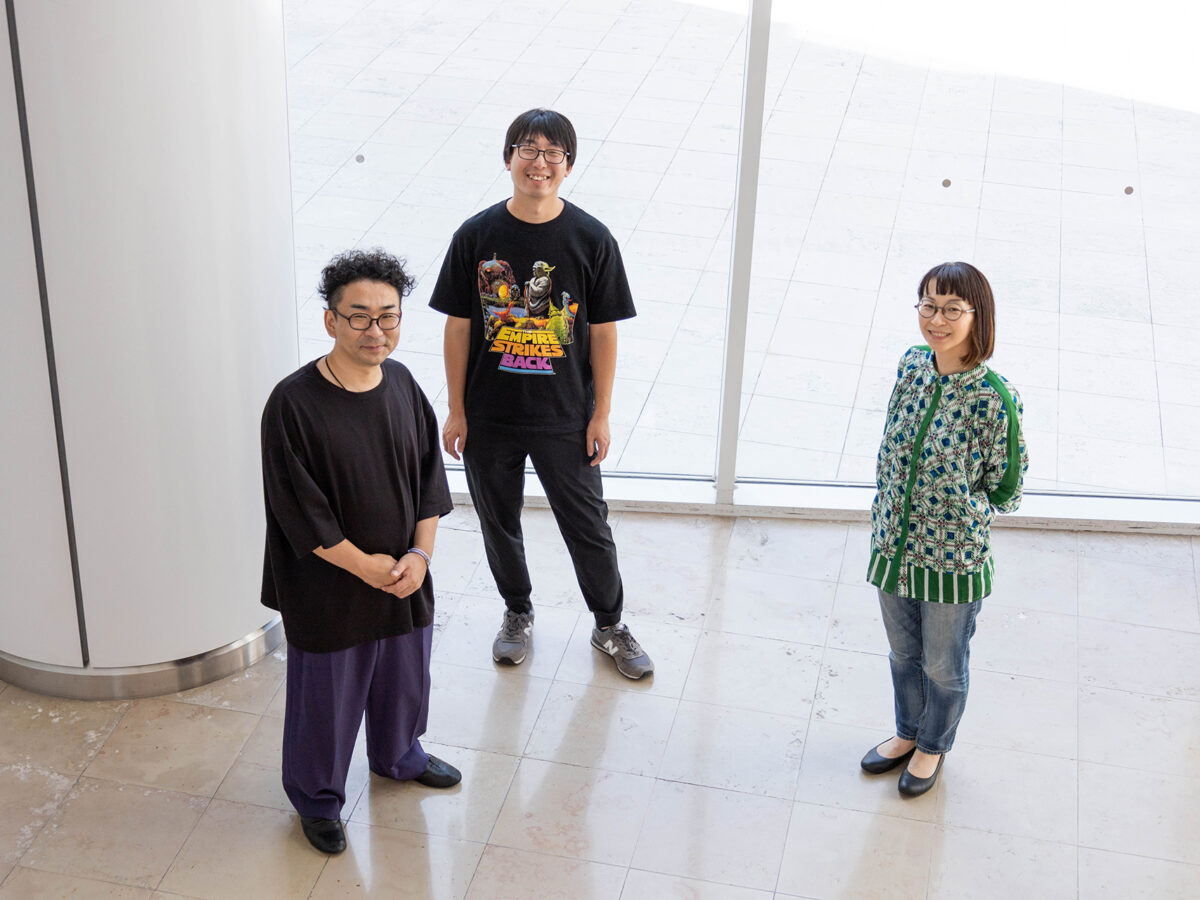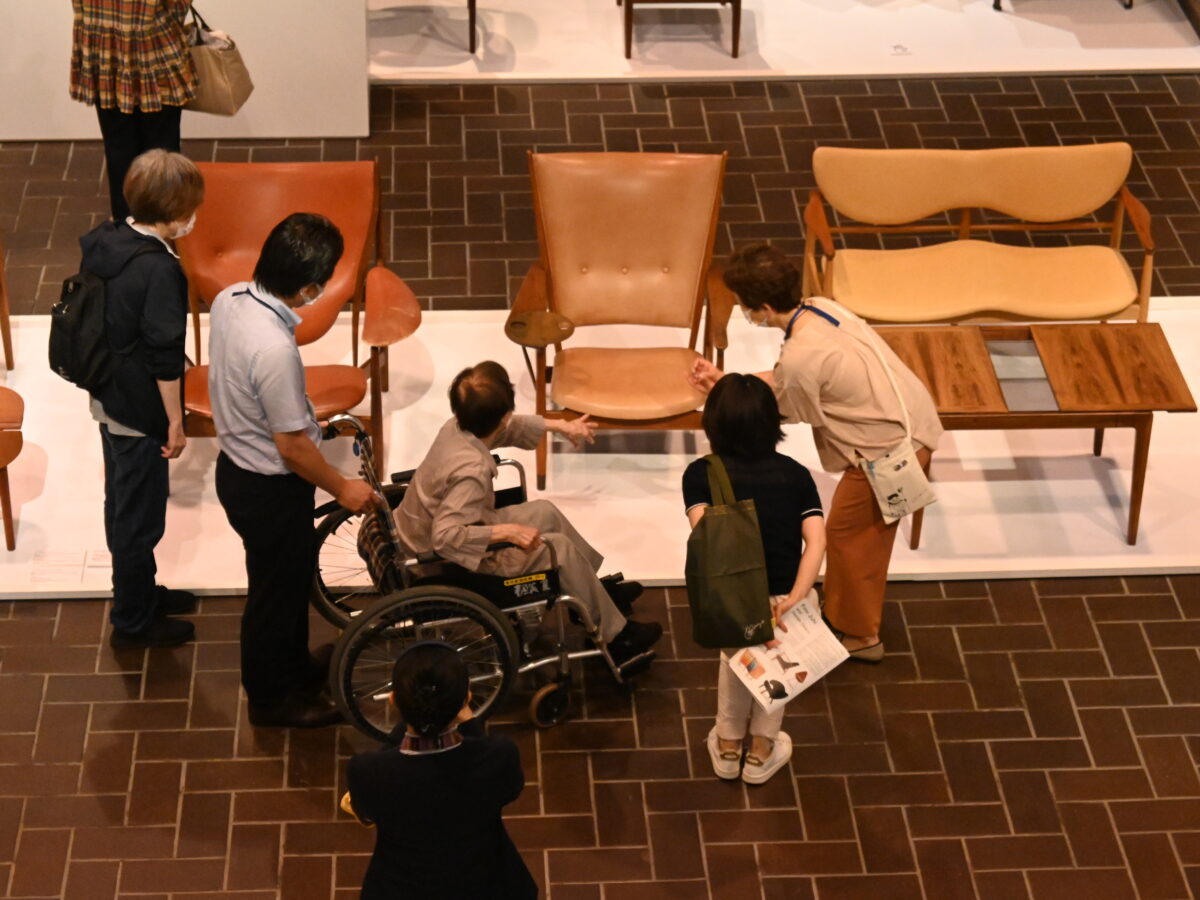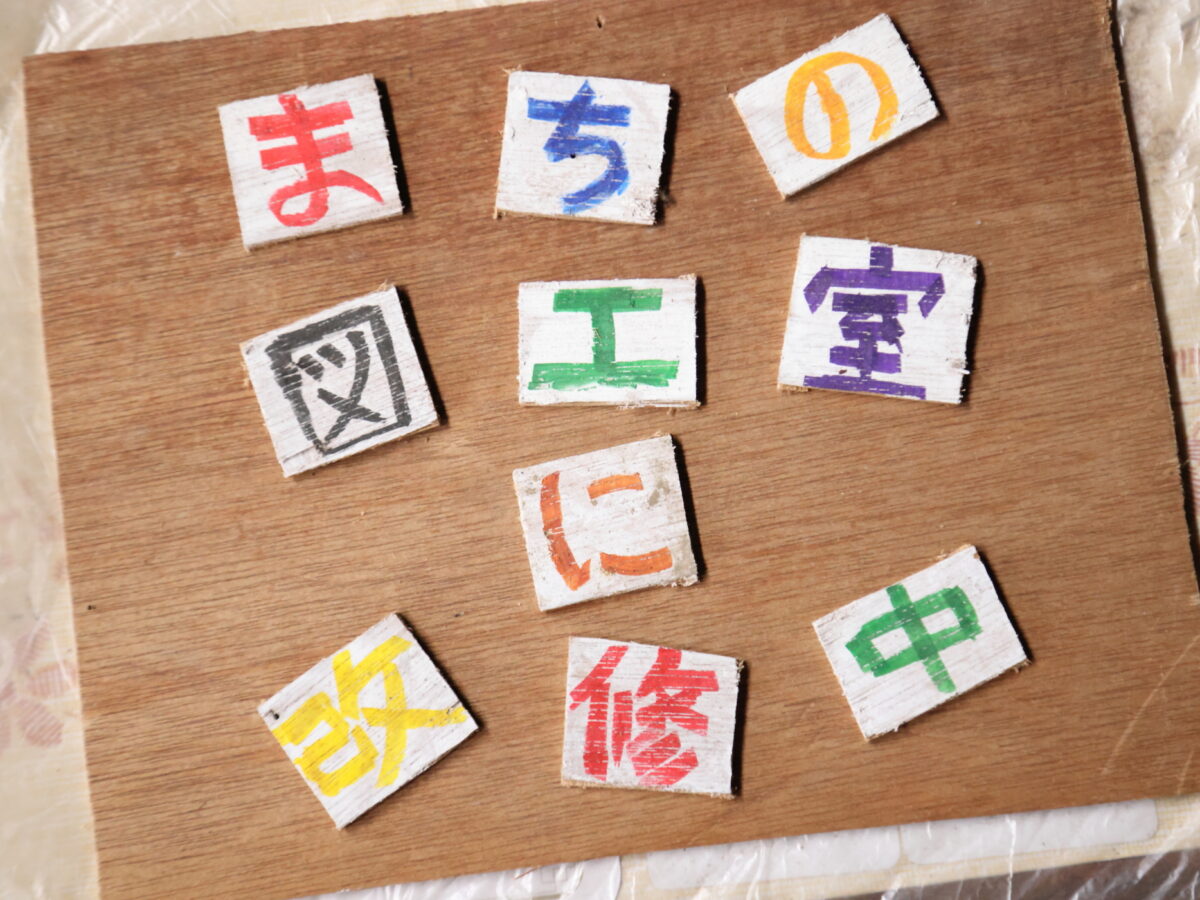
Takashi Kiriyama, Dean of the Graduate School of Film and New Media at Tokyo University of the Arts, leads “aa-tomo” as the leader of R&D task 3, alongside Sawako Inaniwa from the National Center for Art Research. What drives his passion for the work at “aa-tomo”?
目次
During the Process of Creating Things People also Encountered Problems
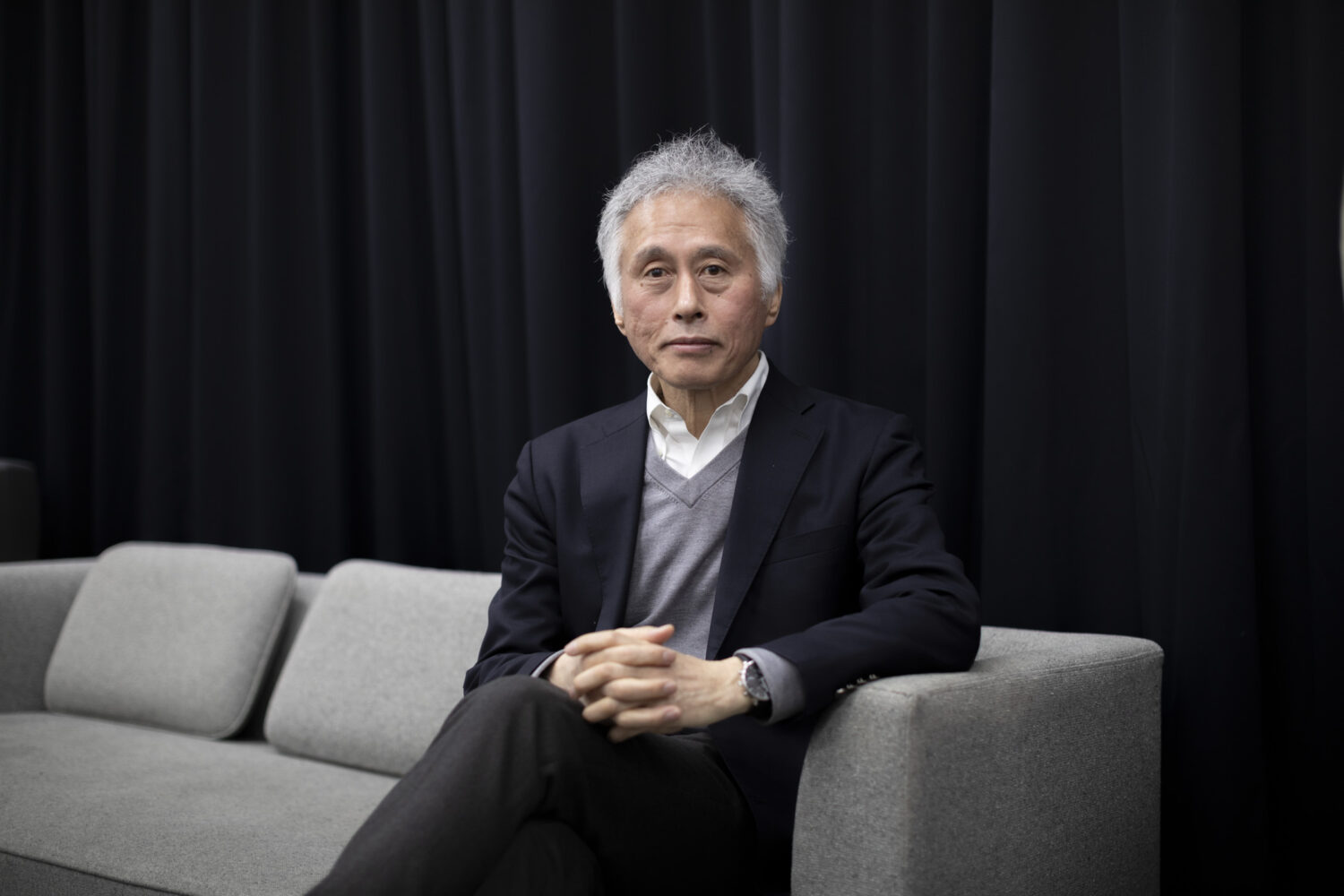
I come from an engineering background, and during graduate school, I focused on applying AI (Artificial Intelligence) to design support. I joined RACE (Research into Artifacts, Center for Engineering) when it was founded at the University of Tokyo in 1992. RACE aimed to advance next-generation manufacturing for human sustainability. At that time, after the bubble era, an increasing number of people felt the paradigm that life and society would improve if we continued mass production had reached its limits. Former University of Tokyo president Dr. Hiroyuki Yoshikawa described the artificial environment, once designed to protect against external threats, as “the evil of our time”. It exacerbated issues like economic disparity and large-scale disasters, highlighting a fundamental lack of understanding of design’s impact on modern challenges.
From that time, isolation and loneliness have been persistent representations of these modern day evils. Humans inadvertently created environments that force isolation. While creating beneficial innovations, we also inadvertently spawned various associated issues. Recognizing that these issues resist compartmentalized solutions, RACE advocated a comprehensive, cross-disciplinary approach akin to manufacturing.
From a Career in Engineering to Tokyo University of the Arts
At that time, RACE was exploring open-design environments and integrating diverse ideas. Our Limited Resource Design Workshop engaged IDEO, a Silicon Valley-based design company that had come out of Stanford University, to do its prototyping. In 1999, after concluding my activities at RACE, I joined Stanford University’s Center for Design Research, where Project-Based Learning (PBL) thrived. Back in Japan after four years, I became a JST-PRESTO researcher and co-founded the Graduate School of Film and New Media’s Department of New Media at Tokyo University of the Arts. Here, I collaborated with Masahiko Sato, an advertising creative director turned “understanding” practitioner at Keio University’s Shonan Fujisawa Campus (SFC). Despite our diverse backgrounds, the PBL approach, iterating prototypes on-site, proved invaluable. The large studio and workshop space facilitated iterative prototyping and exhibit improvement.
Fostering Artistic Expression Through Technology
Sato and I named our creative collaboration “Euclid” and exhibited Arithmetik Gardens (2007) and Pool of Fingerprints (2010) integrating video and technology. With Pool of Fingerprints, once scanning a fingerprint using the sensor in front of the display which is imaged as “pool,” that scanned fingerprint starts swimming around the screen like a fish. After a while, that fingerprint is lost in a “shoal.” But putting a finger on the sensor makes the fingerprint emerge up from the shoal and return to the finger. Though people were not terribly interested in their own fingerprints before the experience, they became more attached to them once they were returned. This experience not only demonstrated the power of animation but also evoked emotions and interest linked to human instinct.
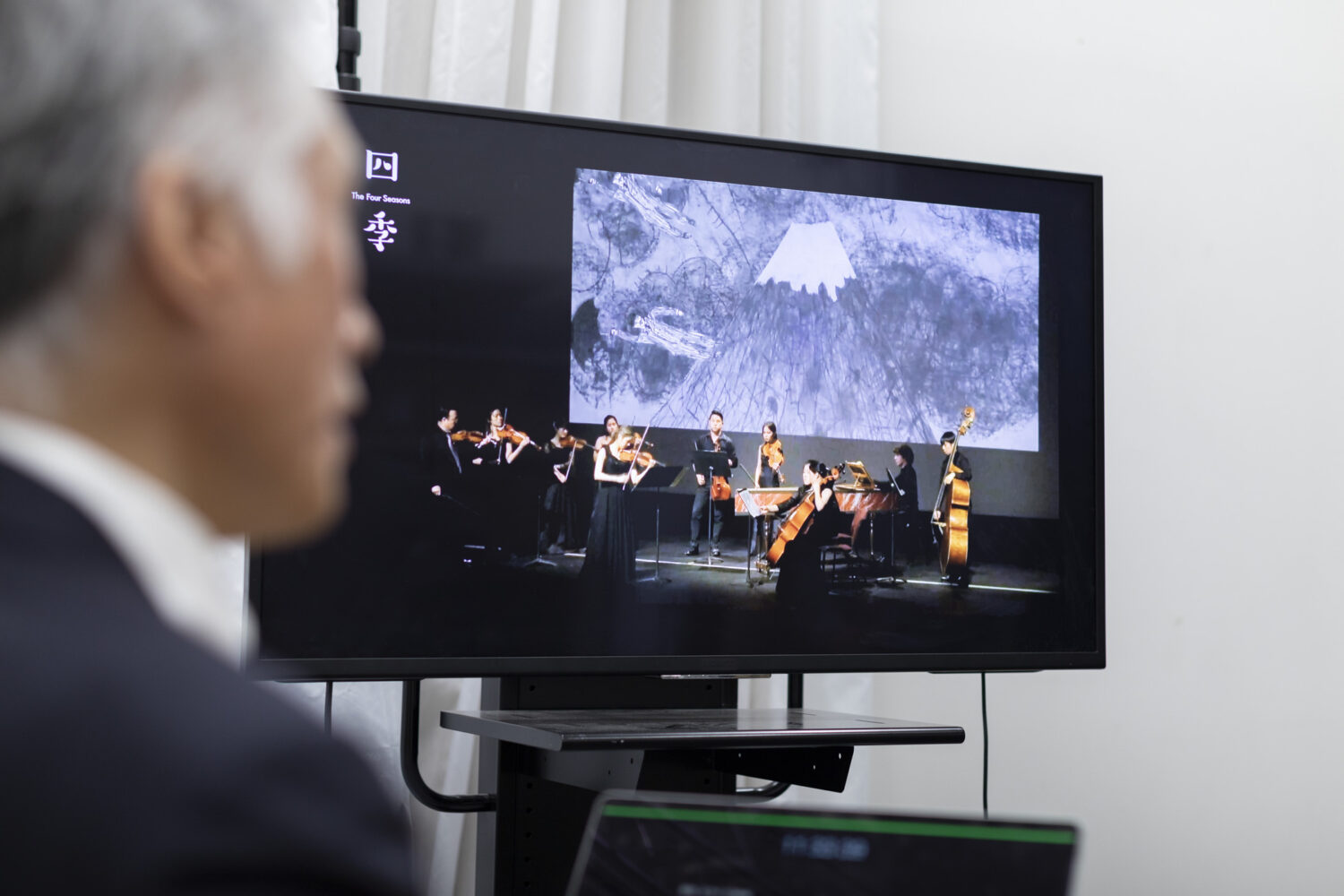
I later participated in a project that combined animation and music in a visualization of Vivaldi’s Four Seasons by, which was conceptualized by Kazuki Sawa, then president of the University, produced by Mitsuko Okamoto of the Graduate School of Film and New Media, and supervised by Koji Yamamura in 2017. The Four Seasons consists of four movements: Spring, Summer, Autumn, and Winter, each accompanied by a short poem known as a sonnet. Animation inspired by each movement and sonnet was drawn by Anna Budanova (Russia), Priit and Olga Pärn (Estonia), Atsushi Wada (Japan), and Theodore Ushev (Bulgaria). During the premiere at Hibiki Hall in 2017, the animations were manually synchronized with live performances, which required intense concentration and a lot of practice. In 2018, an AI animation system was designed to synchronize the visuals with the live music through a full year co-research with the Yamaha Corporation. Thus, the musicians take center stage and animation enhances their work, enabling the audience to appreciate how the music and video work together. This system also significantly reduced the effort required for video presentation, making it possible to showcase the project at concerts domestically and internationally since its debut at the Aratani Theater in Los Angeles in January 2019. Because my background is engineering, I believe that my role is creating circumstances to connect artist’s abilities to society, and to support it using technologies. I believe that AI can make even more contributions in this field.
Field-based Thinking and Technological Innovation
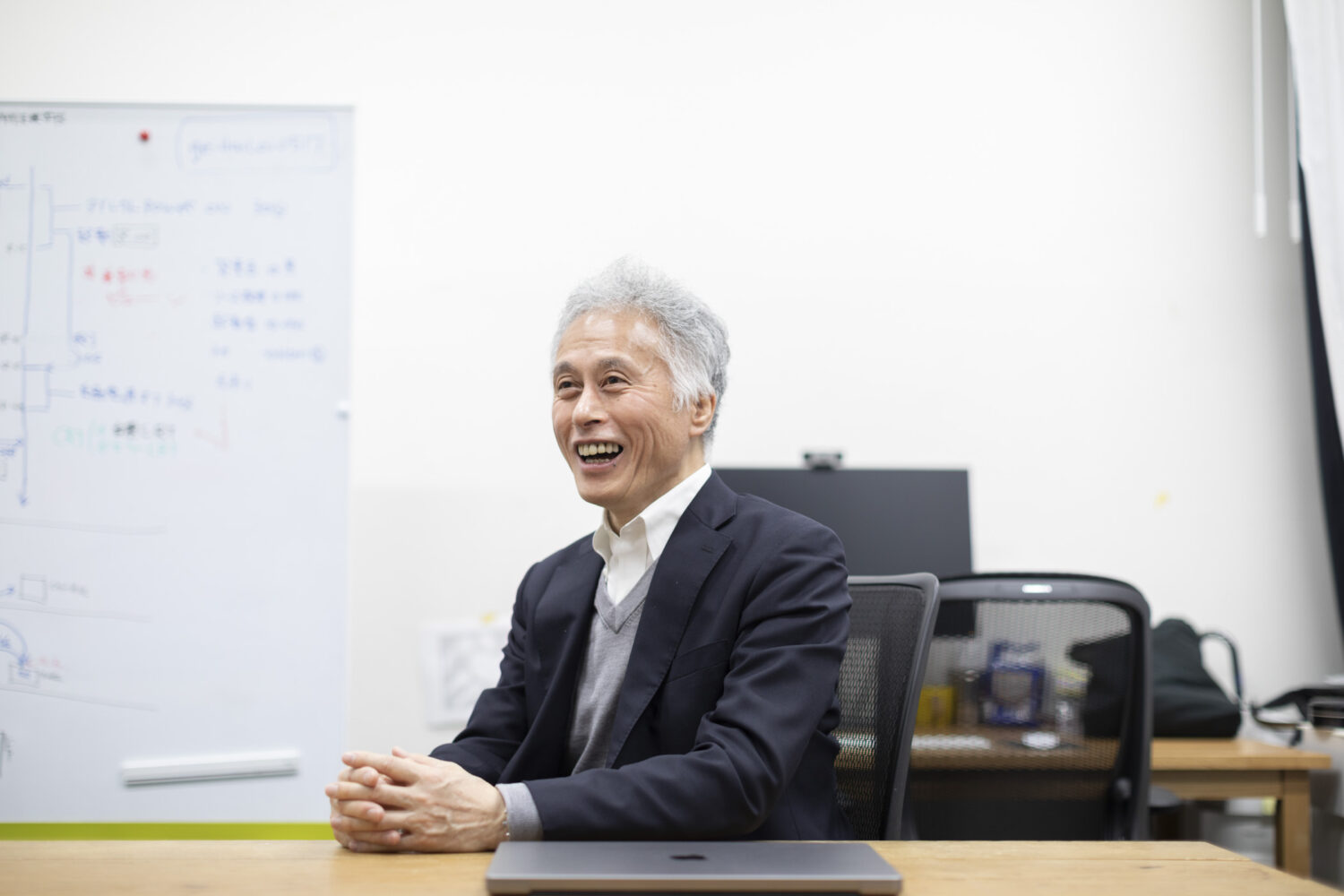
The “Arts-based Communication Platform for Co-creation to Build a Convivial Society” started in earnest 2023. Sawako Inaniwa of the National Center for Art Research (NCAR), the leader of Research and Development Task 1, presented me with a project to update interactive viewing through networks and AI, alongside my own Task 2 (now Task 3). As I hoped to contribute something using technologies, I was delighted to join. From this point on, I have been involved in creating a more cohesive society with NCAR and the aa-tomo team. I am currently thinking about how AI can contribute to educating art communicators (those who communicate through art). For example, when art communicators bring people together with art, AI can suggest topics and hints based on previous dialogue. AI could suggest topics and provide tips to communicators, thereby assisting in the education of new communicators.
At the same time, I do not think it appropriate to prioritize the novelty of technology alone. Novelty alone does not sustain new technology for long. Ideally, technology should not stand out; what matters is the experience it provides. Even more important is to work within practical contexts. The imagination and ways of thinking of the NCAR team are always grounded in real-world experiences. Through my work with aa-tomo, I aim to develop technologies with practical applications.
